50+ Sample Self Assessment Checklists
-
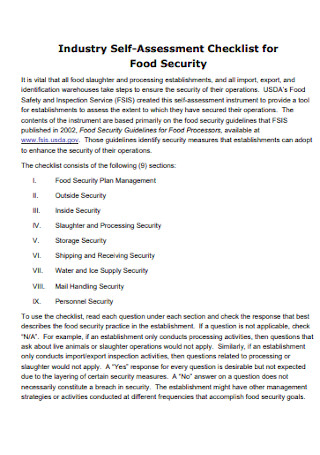
Industry Self-Assessment Checklist
download now -
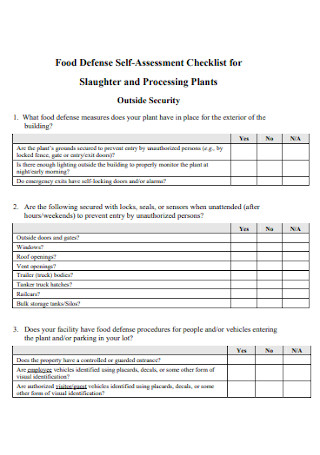
Food Self Assessment Checklist
download now -
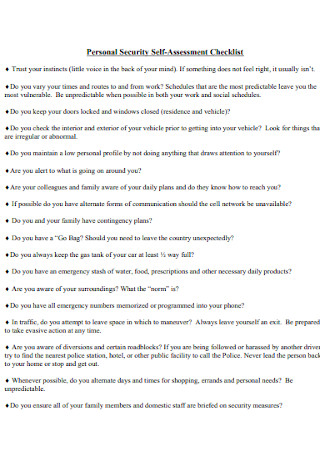
Personal Security Self-Assessment Checklist
download now -
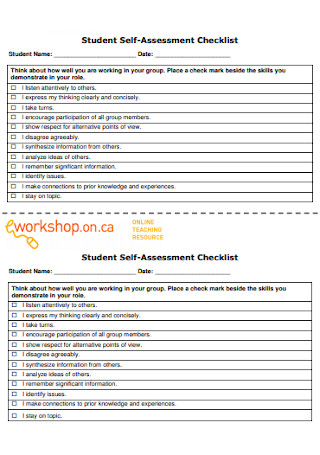
Student Self-Assessment Checklist
download now -
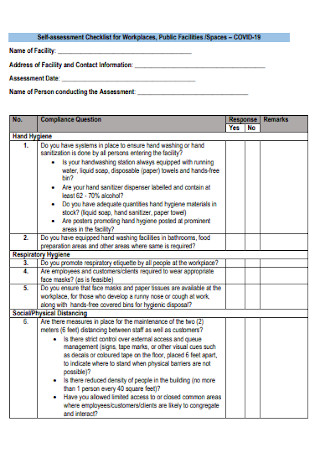
Self-assessment Checklist for Workplaces
download now -

Home Ergonomics Self-Assessment Checklist
download now -
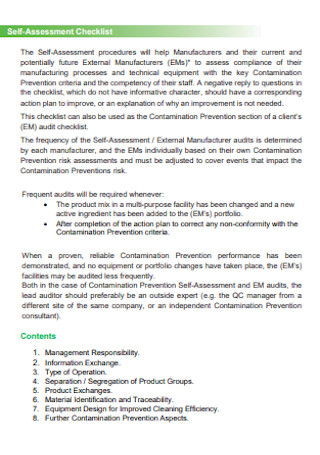
Sample Self-Assessment Checklist
download now -
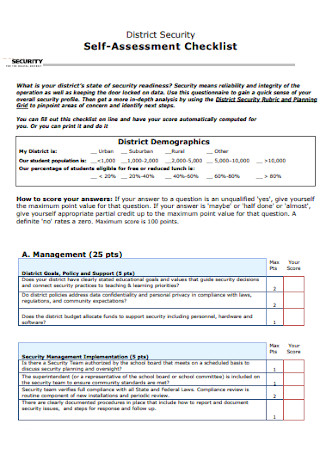
District Security Self-Assessment Checklist
download now -
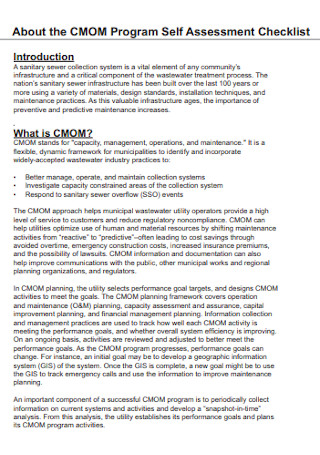
Program Self Assessment Checklist
download now -
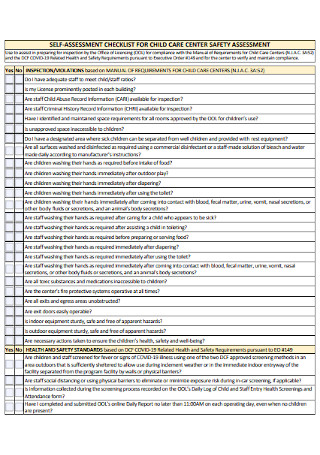
Self-Assessment Checklist for Childcare
download now -
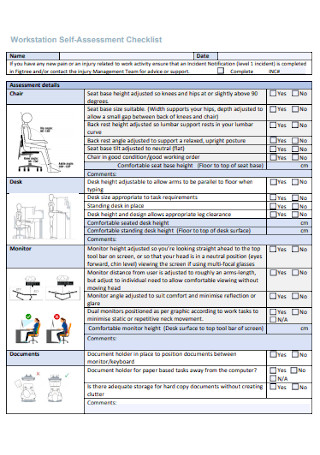
Workstation Self-Assessment Checklist
download now -
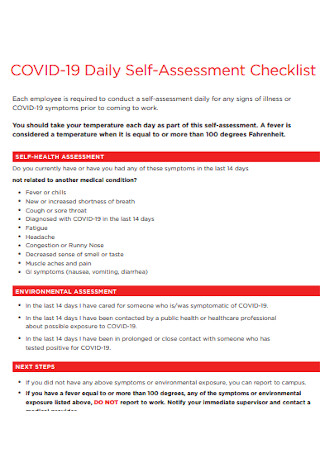
Daily Self-Assessment Checklist
download now -
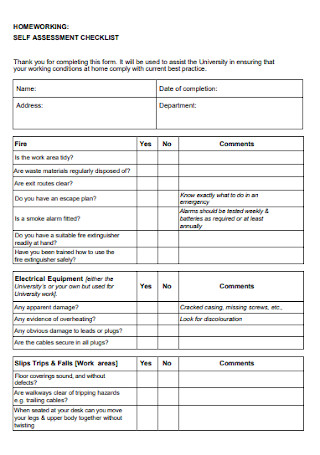
Home Working Self-Assessment Checklist
download now -
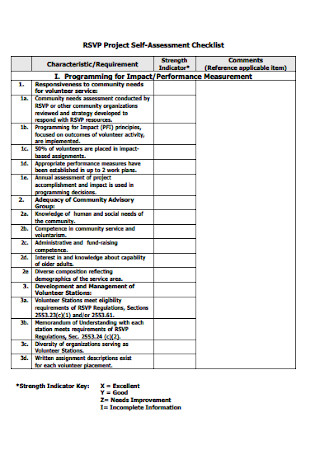
Project Self -Assessment Checklist
download now -
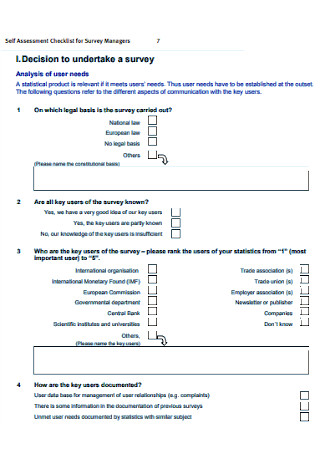
Self Assessment Checklist for Survey Managers
download now -

Cultural Competence Self-assessment Checklist
download now -
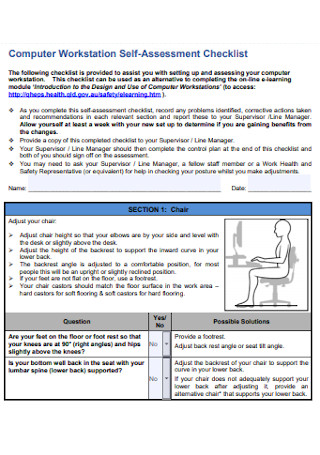
Computer Workstation Self-Assessment Checklist
download now -
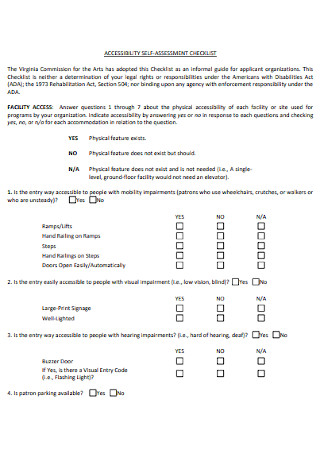
Accessbility Self Assessment Checklist
download now -
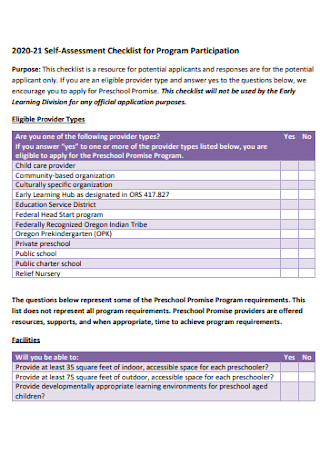
Self-Assessment Checklist for Program
download now -
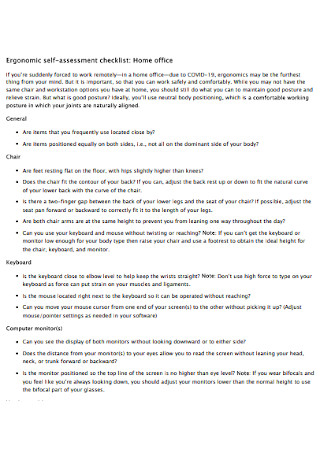
Ergonomic Self-assessment Checklist
download now -

Student Self Assessment Checklist
download now -
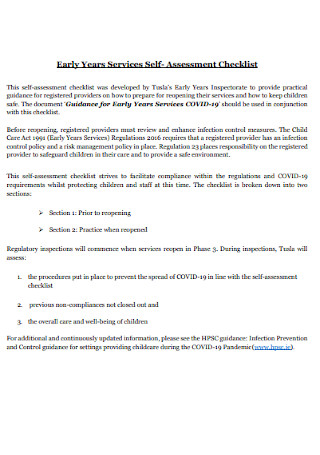
Early Services Self-Assessment Checklist
download now -
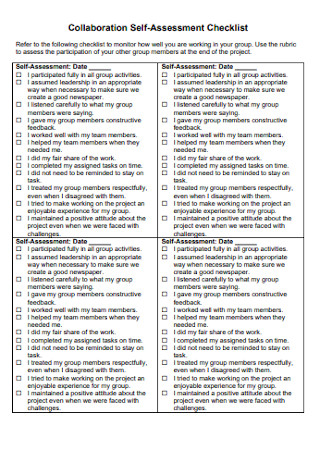
Collaboration Self-Assessment Checklist
download now -
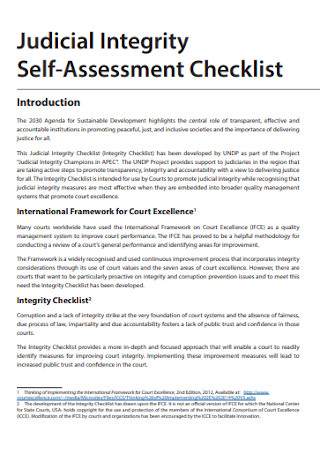
Judicial Integrity Self-Assessment Checklist
download now -
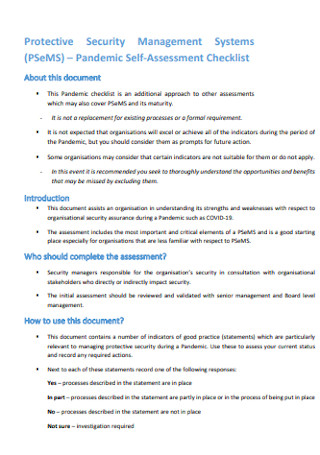
Pandemic Self-Assessment Checklist
download now -
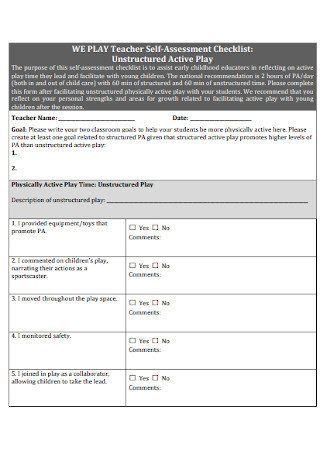
Teacher Self-Assessment Checklist
download now -
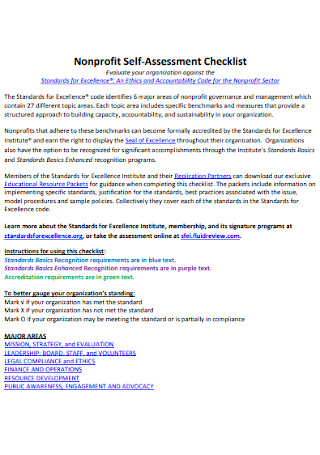
Nonprofit Self-Assessment Checklist
download now -
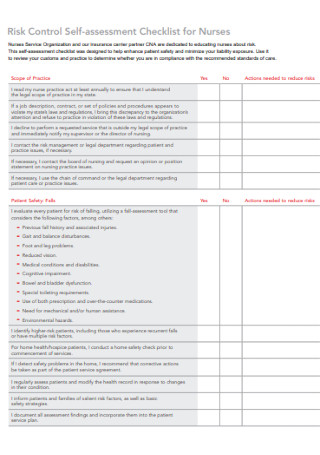
Self- Assessment Checkliist for Nurses
download now -
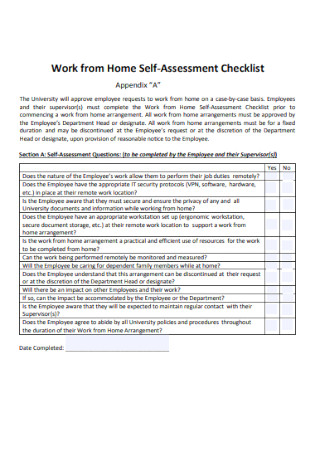
Work from Home Self-Assessment Checklist
download now -
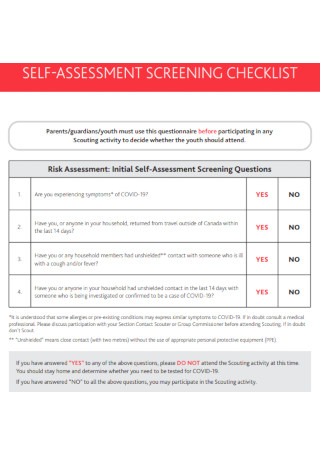
Self-Assessment Screening Checklist
download now -
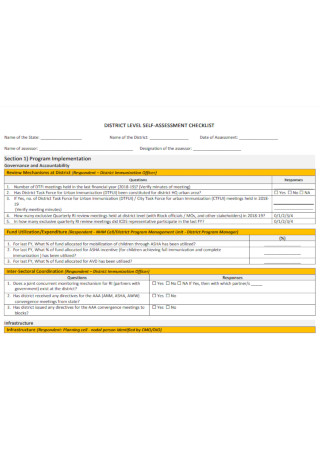
District Level Self Assessment Checklist
download now -
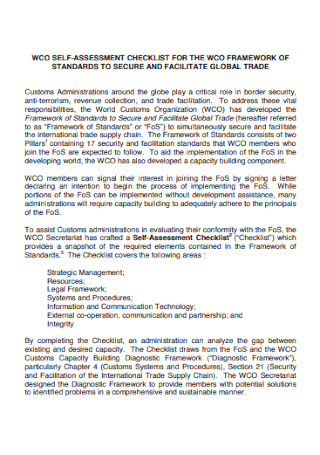
Standard Self -Assessment Checklist
download now -

Computer Workstation Self-Assessment Checklist
download now -
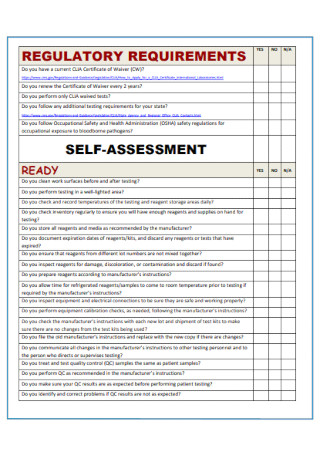
Self-Assessment for Testing Template
download now -
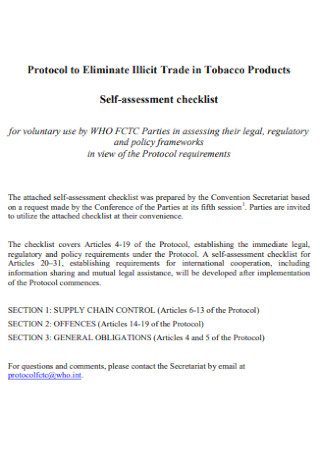
Self-assessment Checklist for Products
download now -
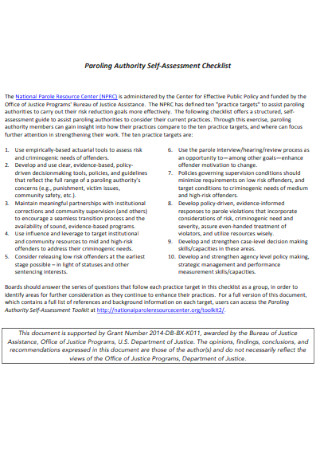
Paroling Authority Self-Assessment Checklist
download now -

Business Self-Assessment Checklist
download now -
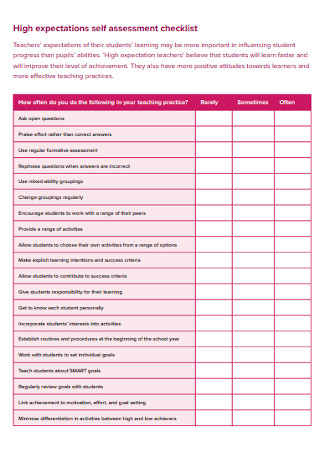
High Expectations self Assessment Checklist
download now -
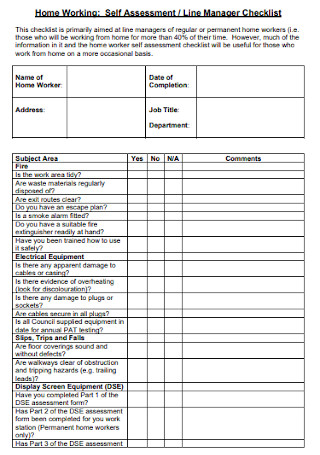
Line Manager Self Assessment Checklist
download now -

Manager Control Self-Assessment Checklist
download now -
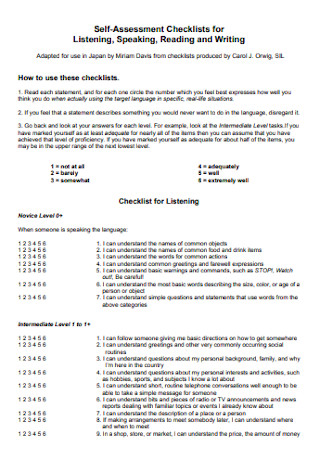
Self-Assessment Checklists for Listening
download now -
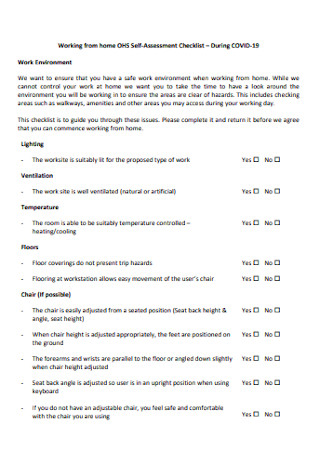
Home Self Assessment Checklist
download now -
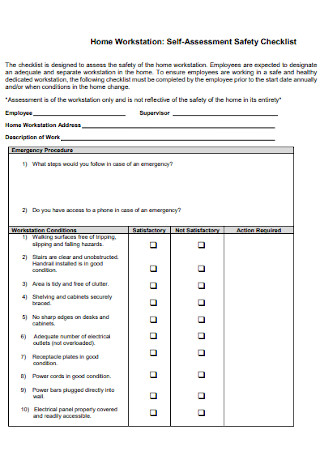
Self-Assessment Safety Checklist
download now -
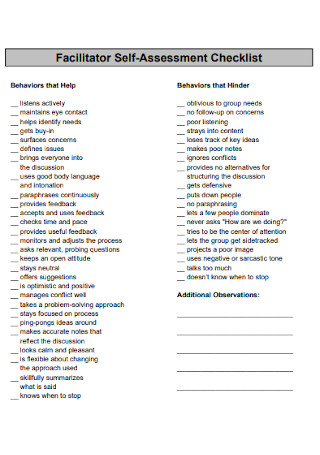
Facilitator Self-Assessment Checklist
download now -
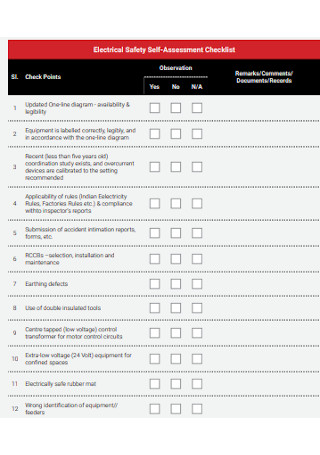
Electrical Safety Self-Assessment Checklist
download now -
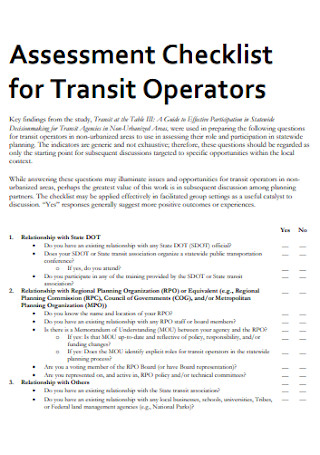
Assessment Checklist for Transit Operators
download now -
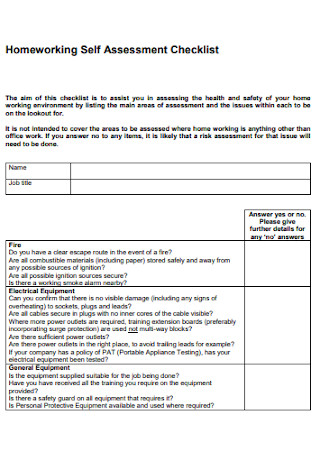
Homeworking Self Assessment Checklist
download now -
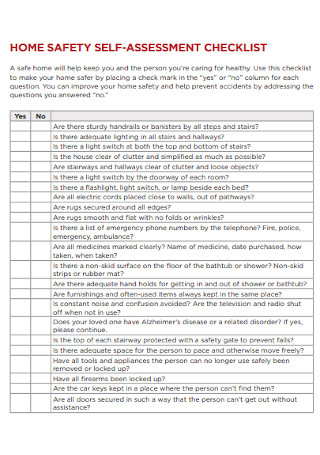
Home Safety Self Assessment Checklist
download now -

Food Defence Self-Assessment Checklist
download now -

Office Ergonomics Self-Assessment Checklist
download now -
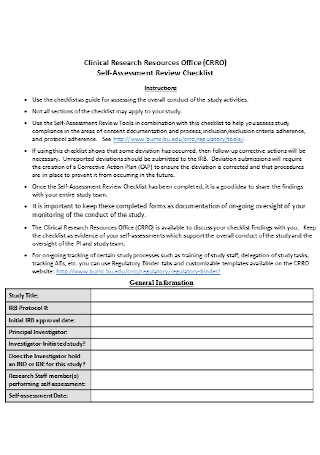
Self-Assessment Review Checklist
download now
FREE Self Assessment Checklist s to Download
50+ Sample Self Assessment Checklists
What is a Self-Assessment Checklist?
The Purpose of Self-Assessment
The Importance of Self-Assessment Checklists in Different Settings
How to Create a Self-Assessment Checklist in Five Easy Steps
Components of Self-Assessment Checklists
FAQs
Where can I use self-assessment checklists?
When can I use self-assessment checklists?
Who can create a self-assessment checklist?
What is a Self-Assessment Checklist?
A checklist is a document that spells out what needs to be done and included in a piece of work. Often, it is used for verification, inspection, and checking. A self-assessment checklist contains all essential elements on how one can improve in their work.
A self-assessment is a list of things that one should accomplish whether it’s for one’s work, studies, or hobbies. It lists up all items that need to be recalled and done. In addition to the list of tasks to be completed, it may include names to be consulted, conditions to be verified, and other similar personal responsibilities that can be noted, remembered or checked off.
For an employee, self-assessment checklists help evaluate their own work or school performance and practice. It allows them to track their progress and develop essential skills needed to complete their tasks. A well-organized self-assessment checklist heightens the awareness and sensitivity of personnel to the importance of good values and cultural fit within the organization.
Aside from work, self-assessment checklists can also be used by students on assignments, especially during this time of the pandemic where studies are conducted online. The self-assessment checklist serves as a reminder to them what they already know about themselves and in which aspects do they still need to improve on.
No matter who uses a self-assessment checklist or what it is used for, one thing is for sure, this type of checklist allows individuals to grow and learn more about themselves.
The Purpose of Self-Assessment
Self-assessment is the ability to evaluate and examine yourself and measure the progress you have made over the course of the year or duration of a project. It’s a skill that helps individuals be able to monitor the work they’ve done and the abilities they developed over time. It can also help them discover any weaknesses and determine their strengths and come up with possible solutions.
Used interchangeably with words like self-evaluation and self-examination, the purpose of self-assessment is to help individuals know the extent of their skills and abilities on their own. It also allows them to improve upon their skills and abilities without the need of having someone else do it for them or a peer assessment checklist.
The Importance of Self-Assessment Checklists in Different Settings
The self-assessment tool is used to set specific established criteria for personal evaluation and used to gauge one’s skill development and progress. In any field or industry, a self-assessment checklist can help one in improving themselves. Take a look at these different areas on how a checklist for self-assessment helps them.
How to Create a Self-Assessment Checklist in Five Easy Steps
Preparing for and conducting a self-assessment checklist involves a considerable amount of documentation and requires commitment. It is detailed and time-consuming—in other words, exhaustive. However, you should know that there is no perfect self-assessment checklist. But following these steps will help you build one that’s reliable, rigorous, and aids in the quick recall.
This guide will explain how to create self-assessment checklists are created and contain step-by-step instructions on how they should be developed from scratch. This guide will help you make a self-assessment template that’s easy to re-use and complete tasks efficiently.
Step 1: Think About the Type of Self-Assessment You Need to Make
In order to give yourself ample time for what’s to come, you need to think about what you will be assessing—is it a project, a task, or a goal? Whatever it is that needs to be under assessment, it is your responsibility and you should be held accountable for it.
So, make sure that you know the scope of your checklist and establish structure and standards that will determine if the work you did is up to par with the action standards. Knowing what will be under evaluation will help facilitate the easy process of creating the checklist.
Step 2: List Down All Factors to be Assessed
Each item on your checklist must be easily understood by the person using it. Remember, a self-assessment checklist is personal and is self-administered. There is no point in creating a self-assessment checklist if no one can understand it. So, you must make each item clear and concise.
Step 3: Group Each Item by Category
This step is especially applicable to long checklists. Short ones don’t need to be categorized but a longer checklist can easily go out of hand and be difficult to track. By categorizing your list, it allows you to quickly navigate parts of your self-assessment checklists specific to the portion you are working on. As it is self-administered, do not over organize your list, and make sure to use simple categories so you can immediately find items that you’re looking for.
Step 4: Write Only Actionable Items on Your List
This is a very important step. A self-assessment checklist isn’t very helpful if it’s not actionable. Make sure that you will be able to take action for each item on your list so you can meet the intent or purpose of that item. If it’s too ambiguous or vague, it can be interpreted as done, but the question remains if the item has really been completed? By listing each item into actions, the list becomes more powerful and useful in measuring your productivity.
Step 5: Don’t Skip Categories
Even when you’re still in the process of creating a self-assessment checklist, you should make it a habit not to skip anything that’s on the list. Every category must contain items that should be housed in it. This will also help you format your checklist properly.
Step 6: Ensure that Results are Documented to Improve Performance
A self-assessment checklist is not just an ordinary checklist where you can check off each item completed. It’s a richer form of a checklist that allows you to make notes, provide evidence, and reply in different ways like affirmative (yes), negative (no), not applicable (n/a), or mark as incomplete to measure work performance.
This will allow you to identify items that need to be improved and indicate what type of improvement should be done in that particular item. It can help correctly determine your next steps for items that you find difficult to complete. Your checklist should allow you to check off detailed and actionable items to identify weaknesses and lapses in your project, process, or tasks. This will also help you be on top of your game.
Components of Self-Assessment Checklists
When it comes to personal assessment checklists, few things need to be considered when creating one. These factors for considerations include work-related values, areas of interest, personality type, and aptitude and skills at the workplace. As these qualities are important to the success of the individual, team, project, and organization as a whole, not one of them should be neglected nor provided with an inappropriate response. Check out below for an in-depth look at these qualities.
Workplace Values
These are the beliefs and ideals that one holds which are essential to the person. It can be personal values that contribute or are complimentary to the team values. Some of the examples of work-related values include autonomy, prestige, security, interpersonal relationships, assisting others, Flexible Work Schedules, outdoor work, leisure time, and a high income are. Possessing these values gives you higher chances of achieving job satisfaction.
Areas of Interest
Areas of interest refer to the things that you like or do not like on certain activities or tasks that you need to do at work. People whose interests are aligned with the work that they do are believed to thrive more and see positive career development. Since their interests and type of employment fall within the same category, working will come easy, and planning for their career will only help them move forward.
Personality Type
In this category, social features, motivations, needs, and attitudes contribute to one’s personality type. Knowing the type of personality that one has will enable them to determine the type of work that is suited to them. It will also enable them to plan their career path around the things that they know they will enjoy and will not change them as a person.
Aptitude
Aptitude refers to one’s natural abilities and talents. As a self-assessment category, this can be measured through oral or written communication, reading comprehension, logic and reasoning, physical agility, and spatial relations, among other things. But what’s important is that it’s a set of various skills that are relevant to work. It’s crucial to consider this category when making a decision.
FAQs
Where can I use self-assessment checklists?
Self-assessment checklists can be used in a variety of contexts and anywhere—students can use them to complete their school requirements or by teachers to comply with standards and protocols. Safety officers can use a self-assessment checklist in their workplace to ensure that everything is in order and nothing is out of place.
When can I use self-assessment checklists?
During the evaluation period, self-assessment checklists are typically used to rate individual compliance and performance. It can be any time of the year—monthly, quarterly, and annually. At times, it can even be used after the completion of every project or program to assess each person’s contribution to the program.
Who can create a self-assessment checklist?
This type of checklist can be created by anyone. However, it is most effective if it’s the manager, supervisor, or someone with authority and expertise who creates the checklist. The reason behind it is because they are the ones who know what competencies and skills are needed to complete a task or for the project to succeed.
Self-assessment checklists are intended to heighten personnel sensitivity to their own personal performance and awareness of their skills and abilities. It measures one’s competencies against the overall task and how much they have contributed to the success of a project or a program. This type of checklist provides examples of the kind of values and practices to foster work discipline and positive performance. The self-assessment checklists are used in any type of context and may be used for different areas and by different people with different levels of expertise.
